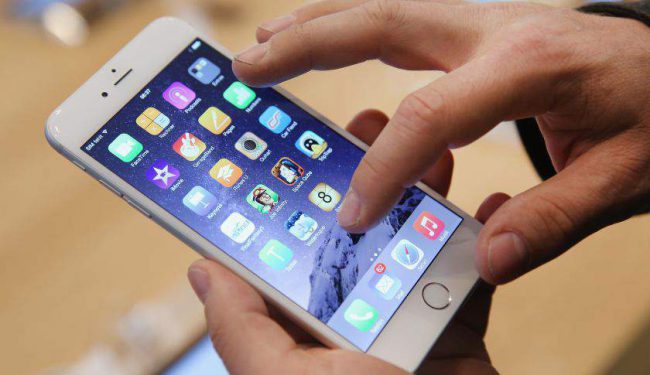
Recently researchers have found that Atrial Fibrillation, a common type of abnormal heart rhythm which leads to stroke, can easily be detected with your smartphones. It is a low-cost app developed by researchers from the University of Turku, Finland. They use the smartphone’s accelerometer and gyroscope to detect atrial fibrillation with existing hardware.
A recent study stated that Atrial Fibrillation is a dangerous medical condition present in two per cent of the global population. It also accounts for seven million strokes per year. The disease more or less occurs randomly, making it challenging for doctors to detect early.
How was the smartphone able to detect atrial fibrillation?
The current study was able to test the ability of a smartphone to detect atrial fibrillation without any add-on hardware. In the study, researchers included 16 patients with atrial fibrillation, and 20 recordings from healthy people were used to validate the developed algorithm.
A smartphone was placed on the chest to get the recording of the accelerometer and gyroscope of the patient. A measurement record is taken through the multiple features and gets further pre-processed by the signal processing method.
Finally, researchers can determine if the patient suffers from atrial fibrillation through their machine learning algorithm (KSVM). Researchers used smartphone technology to detect atrial fibrillation with more than 95 percent sensitivity and specificity.
So if someone wants to get their cardiac status, lie down and place the phone on the chest to take the accelerometer and gyroscope measurement. After analyzing the result, the app will give a simple yes/no answer to confirm if the person suffers from atrial fibrillation or not.
Other devices that are available to detect strokes
Well, it is not the first of its kind technology accessible by doctors to detect strokes. Other devices available are relatively large and costly electrocardiograms (ECG) that patients can use for long-term monitoring. However, the patch of wires attached to the instrument is clumsy to use, and the electrodes tend to irritate the skin after continuous contact. Due to cost issues, it becomes nearly impossible for doctors to conduct regular checks on wide-scale screenings of populations or higher-risk age groups.
The study was published in the journal European Society of Cardiology.
